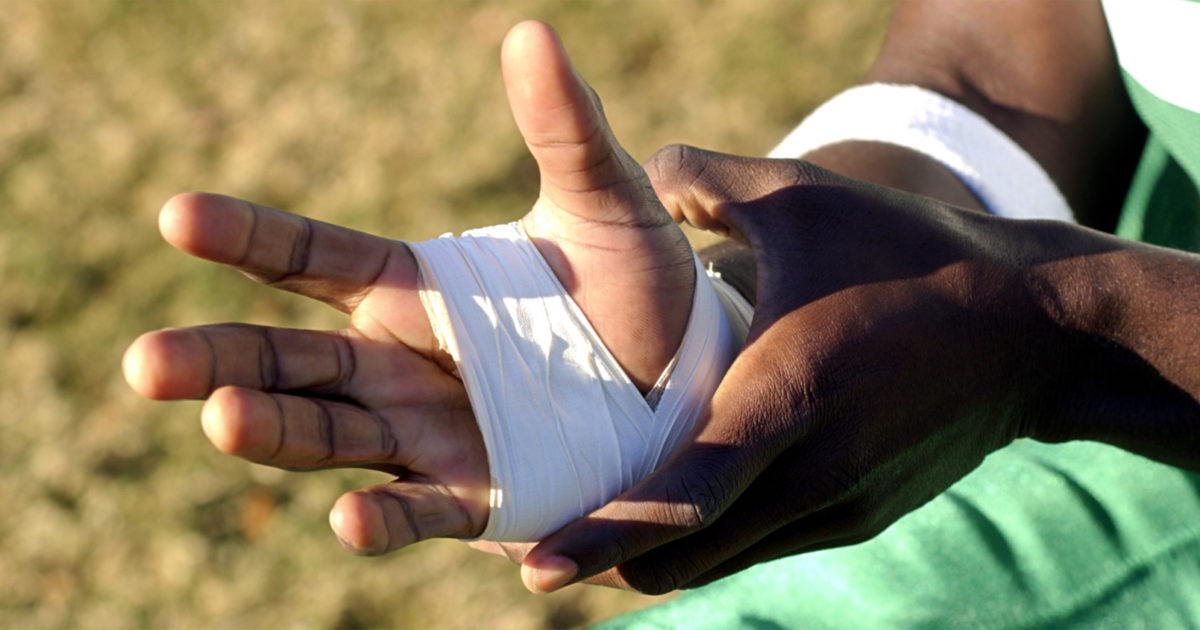
January 25, 2018 - TCO
Is your child injured, or just temporarily sore?
Parents remind us every day how difficult it can be to identify whether a child is experiencing short-term pain and soreness versus suffering from an injury requiring immediate medical attention. These four questions (and two tips!) should help.
1. “What happened?”
Especially in younger children, fact-finding as soon as possible is important to help understand the context of potential injuries. Details can be skewed or forgotten over time. If your child can’t remember when the pain started, it doesn’t necessarily mean they aren’t injured.
2. “Where does it hurt?”
Soreness from overuse typically is felt in the muscles, but injuries are more common in the joints and parts of the body where there is movement. Be especially wary of sharp pains in joints such as ankles, elbows and knees. If a muscle is lightly bruised, or if legs are sore after a day of running around, an injury is less likely.
3. “Can I see where it hurts?”
Observe the location of the pain. While not all injuries are visible, if your child is experiencing rapid swelling, rapid bruising or any deformity, injury is likely and requires immediate attention.
4. “Can you move it?”
Sore muscles and minor bruising can make movement painful but not impossible. However, if your child is physically unable to move part of their body, an injury is extremely likely and you should visit a specialist right away. Leaving injuries untreated is especially harmful to the long-term health of children.
Tip No. 1: Ask neutral questions.
Try not to use leading questions such as “Does your ankle hurt really bad?” or “Is it just a bruise?” Instead, let your child describe on their own the location of injury and severity of pain, so they don’t feel they have to meet expectations. Children will often answer with what they believe people want to hear, even if it’s not the truth.
Tip No. 2: Observe behavior changes.
Talking with your child will always be subjective, so be sure to watch out for behavioral changes, such as walking differently, holding their arm or protecting a part of their body during their normal routine. Older athletes may change their usual form or technique or be less interested in practice. If this behavior is persistent, it may be a sign of an underlying injury that should be treated.
Activity is healthy
Running, pedaling and throwing, when performed safely, will strengthen your child’s muscles and tendons, significantly improving their long-term health. However, with active play comes an increased chance of injury.
If you suspect there is an injury, you should visit a specialist immediately so the injury is treated correctly from the beginning. Twin Cities Orthopedics Orthopedic Urgent Care walk-in clinics are available 8 a.m.-8 p.m. seven days a week.
No appointment necessary!
To learn more about when to visit a specialist versus going to the emergency room, visit our Orthopedic Urgent Care walk-in clinics page.
For urgent medical advice or concerns, please contact your clinic directly. For medical emergencies, please dial 911.

